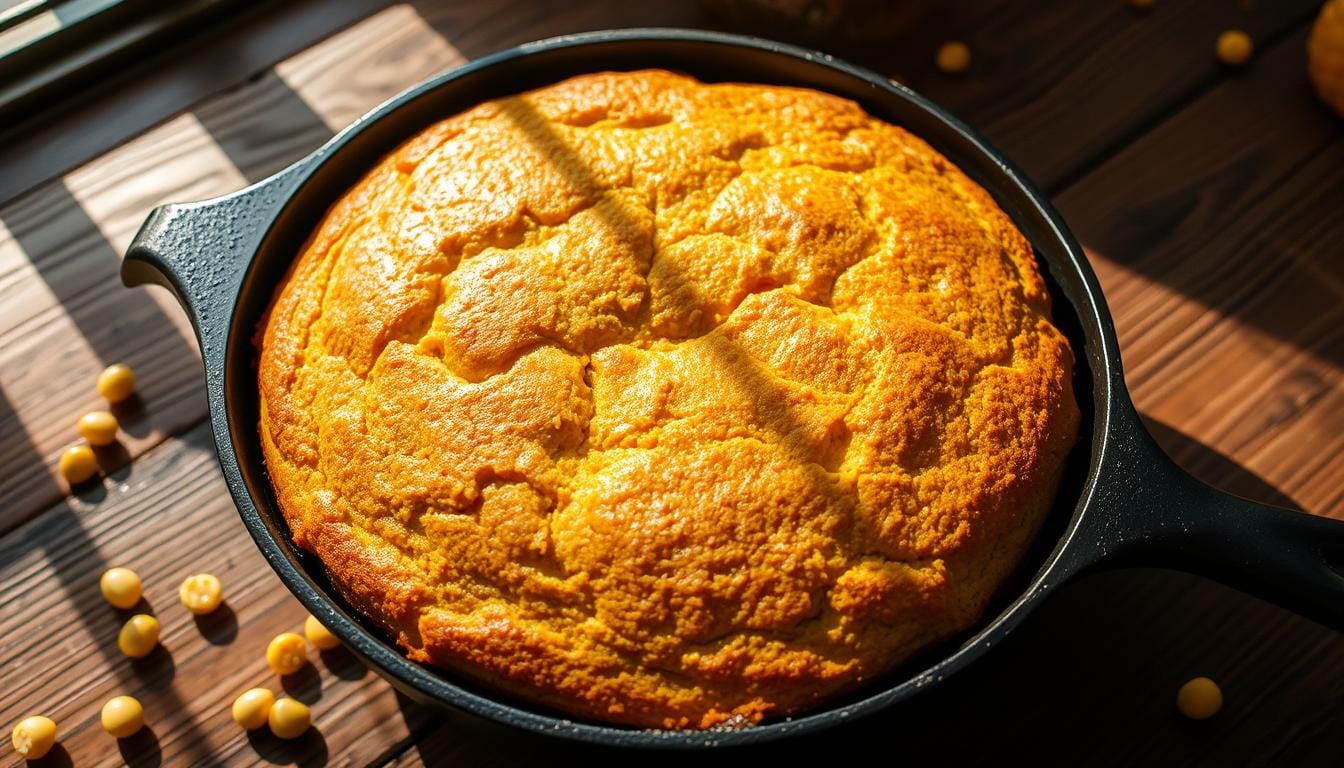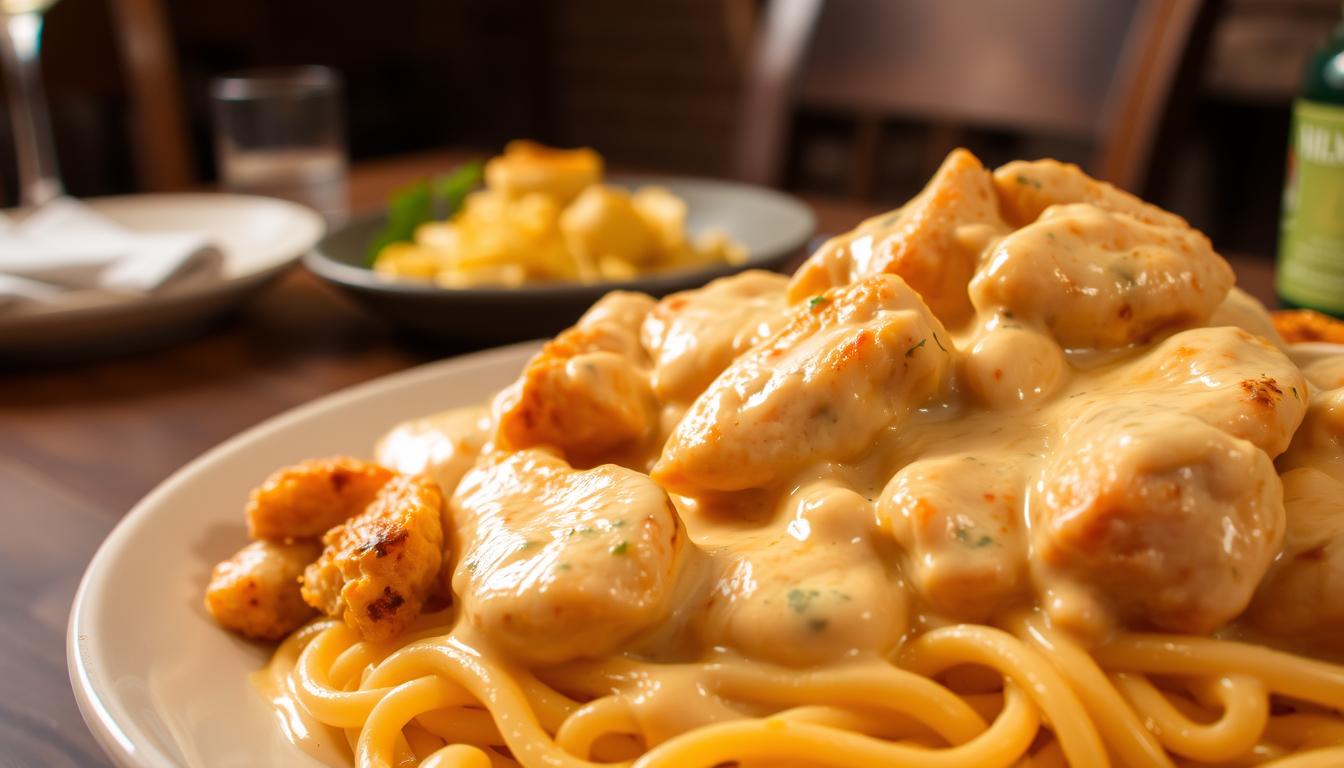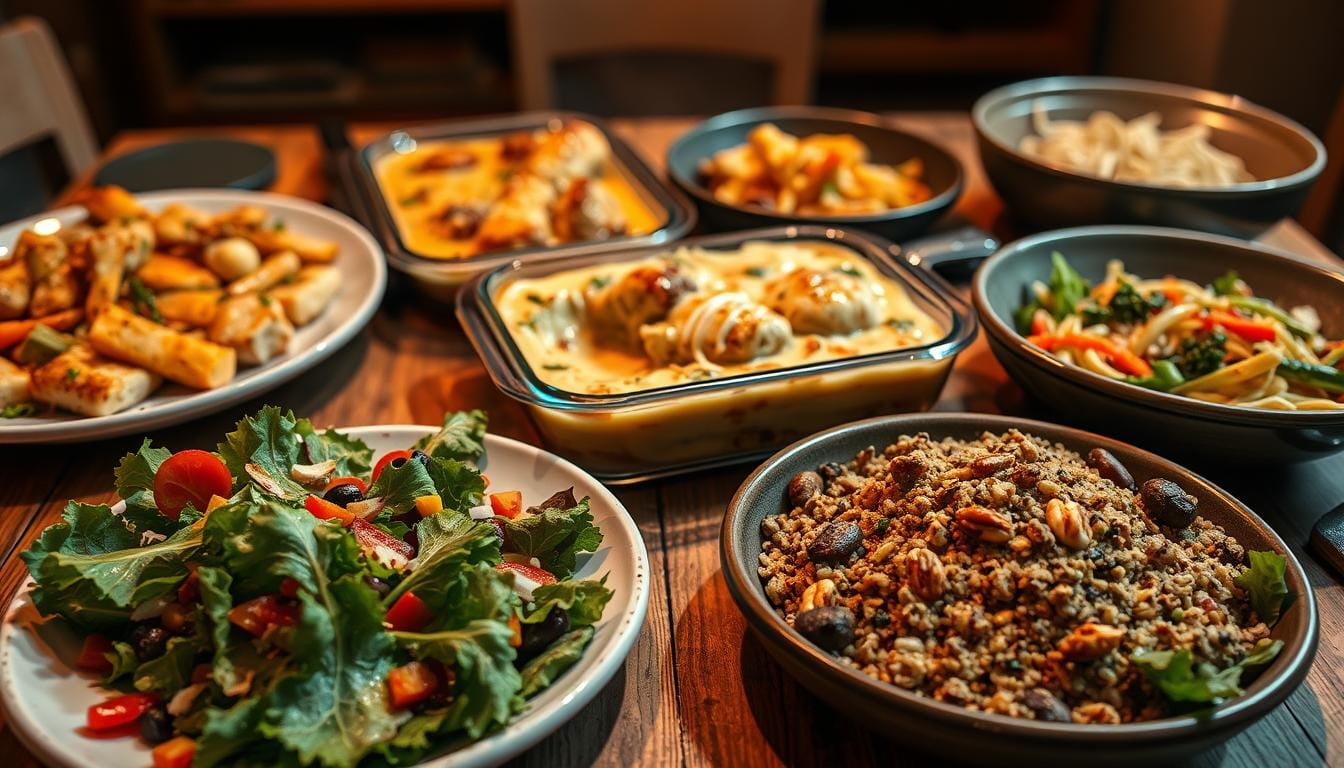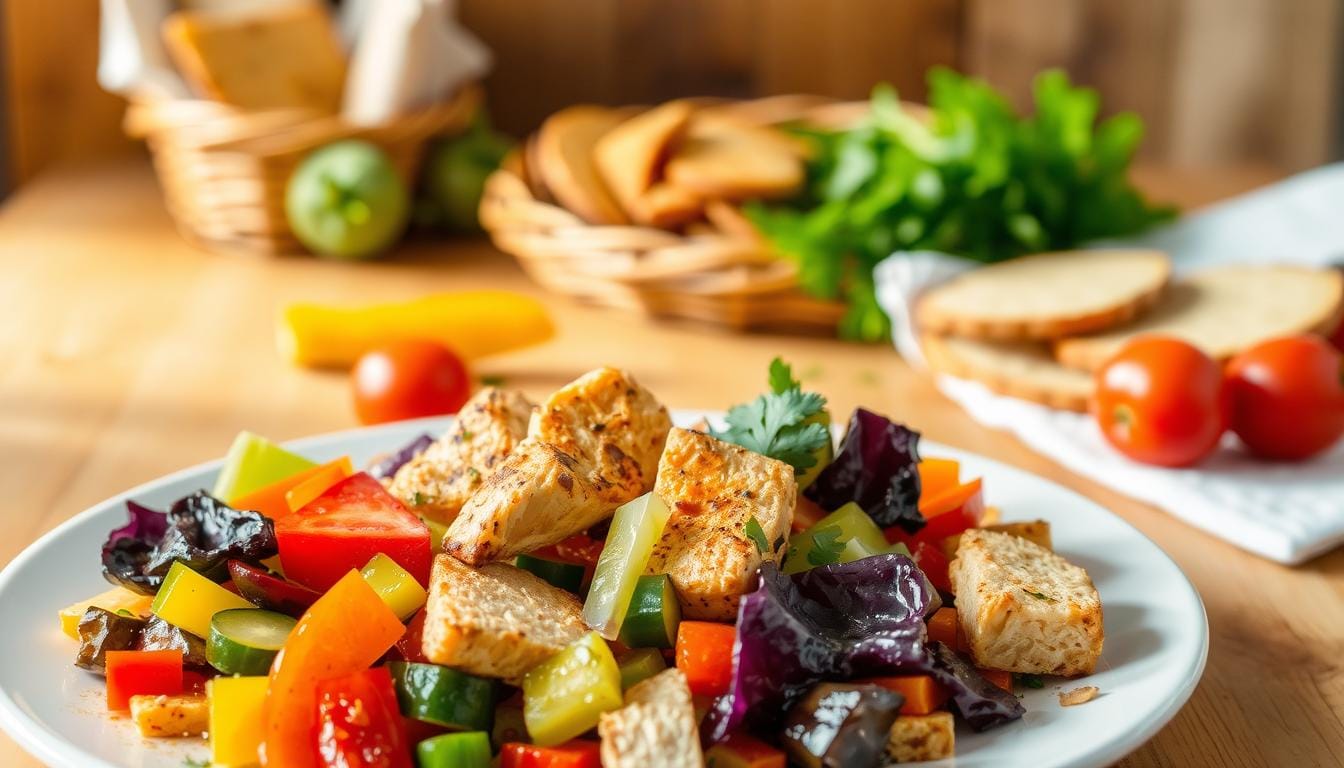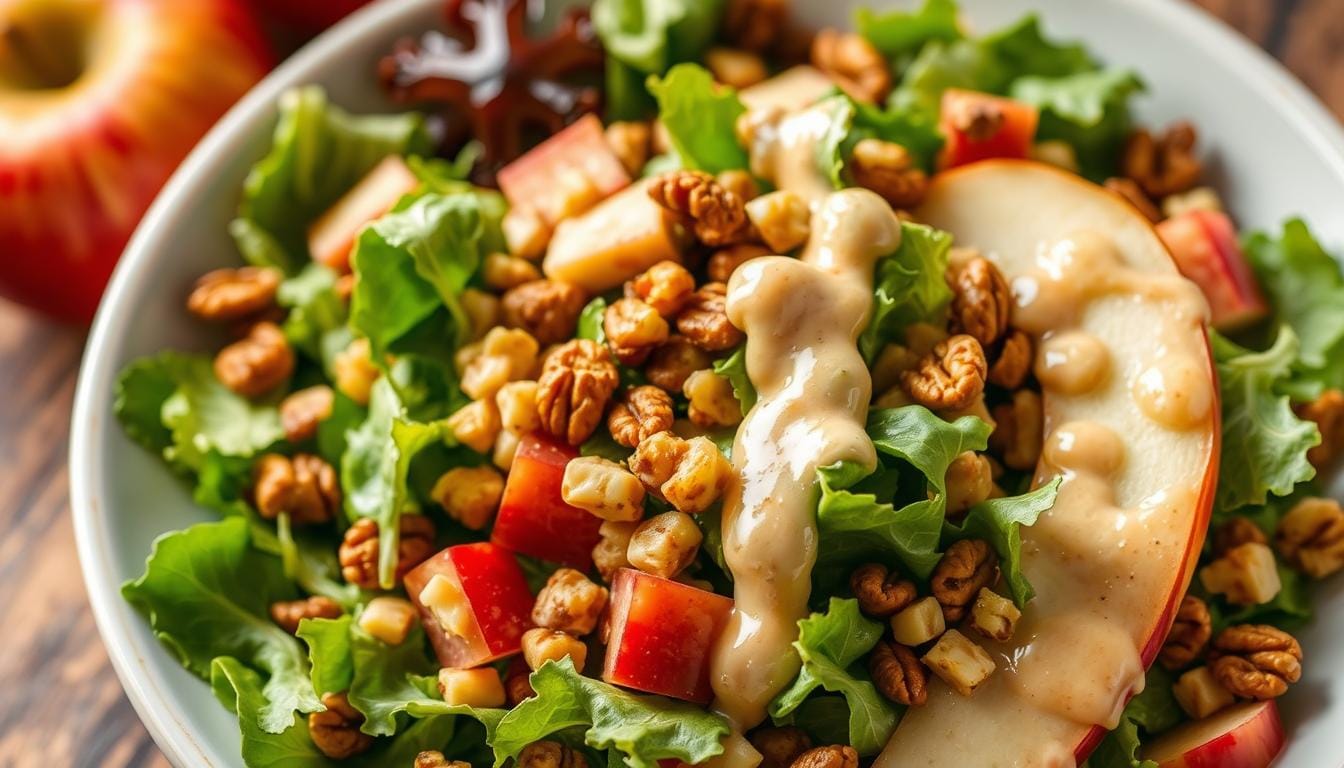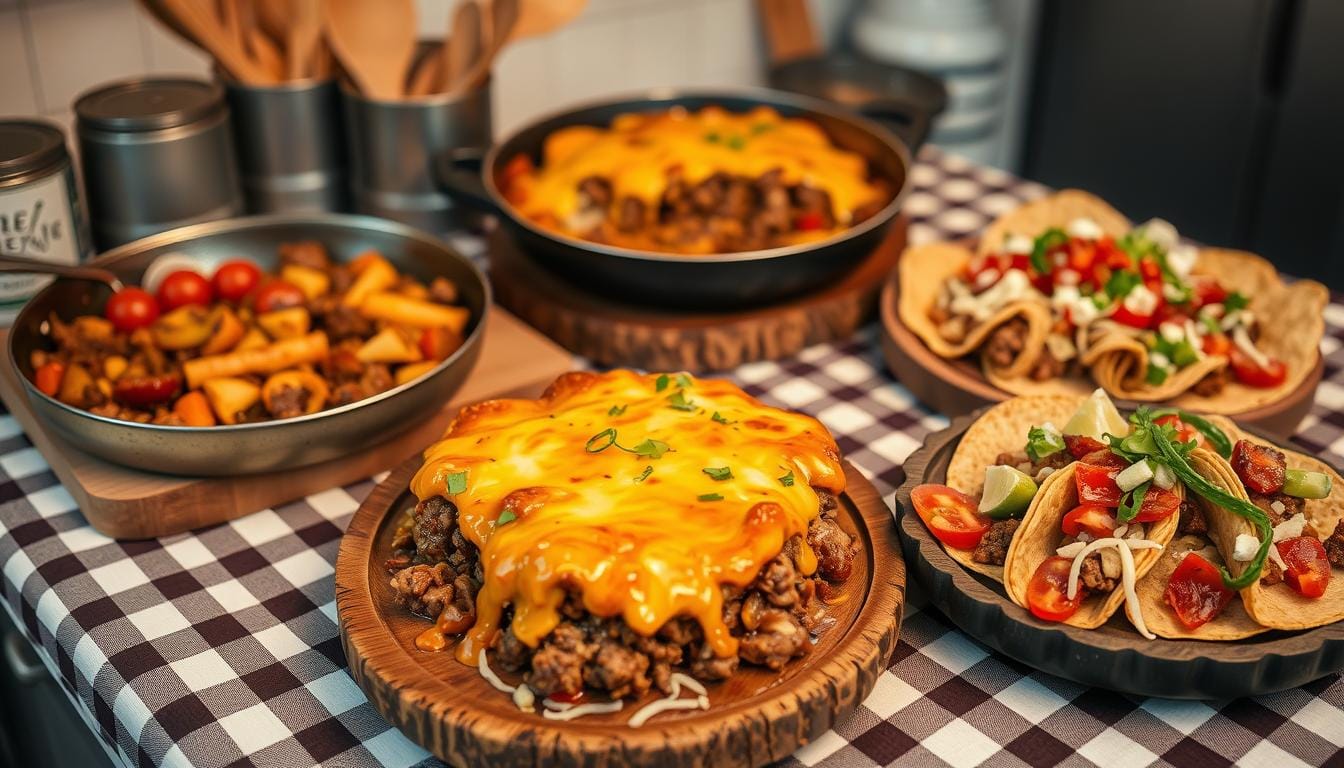🖤 Why You’ll Love This Oreo Cheesecake If you’re a true Oreo lover, this Oreo Cheesecake will become your new obsession. It’s rich, creamy, and perfectly balanced between sweet vanilla and chocolatey crunch. Whether for birthdays, family gatherings, or just a cozy weekend treat, this homemade cheesecake is always a…
Bluey Birthday Cakes: Bring the Show to Life
Discover creative bluey birthday cakes that transform your celebration into a Heeler family adventure. Find designs, tips, and ideas for the perfect party treat.
How to Make Authentic Swedish Princess Cake
Learn how to make authentic swedish princess cake with this step-by-step guide featuring layers of sponge, pastry cream, and marzipan.
How to Make Cornbread Without Flour – 1 Bowl Recipe
Make delicious cornbread muffins without flour using our simple 1-bowl recipe. Get the easy steps to bake perfect cornbread muffins without flour today!
Marry Me Chicken Pasta: A Creamy, Cheesy Delight
Discover how to make marry me chicken pasta with sun-dried tomatoes, Parmesan, and a luscious cream sauce that'll have everyone asking for seconds.
7 Brilliant Gluten Free Dinner Ideas You’ll Want Every Week
Need gluten free dinner ideas? We've got you covered with 7 mouth-watering options to try every week.
6 Gluten-Free Recipes That Actually Taste Amazing
Get started with simple gluten free recipes that are truly delicious. Explore our list of 6 easy-to-make dishes perfect for your gluten-free lifestyle.
Apple Cinnamon Overnight Oats
These apple cinnamon overnight oats are a delicious whole grain healthy breakfast! This easy make-ahead recipe combines sweet tart apples, warm cinnamon, and chewy oats for the perfect morning meal. I’ve been making overnight oats for years, but this apple cinnamon version has quickly become my family’s obsession! The sweet…
Easy Oven-Baked Salmon
This oven-baked salmon is perfect for busy weeknights or meals with friends. It’s a quick and easy fish meal that’s tender and delicious every time! Some nights, you just need dinner to be fast, simple, and foolproof. Alex and I are constantly searching for dinner ideas like these, so we…
Cheese Fries
These cheese fries are a delicious combination of crispy fries and creamy, homemade cheese sauce, making them the perfect appetizer, side dish, or party snack! Cheese fries are the perfect combo of indulgence and comfort, and why not make them at home? That first bite of crispy French fries from…




